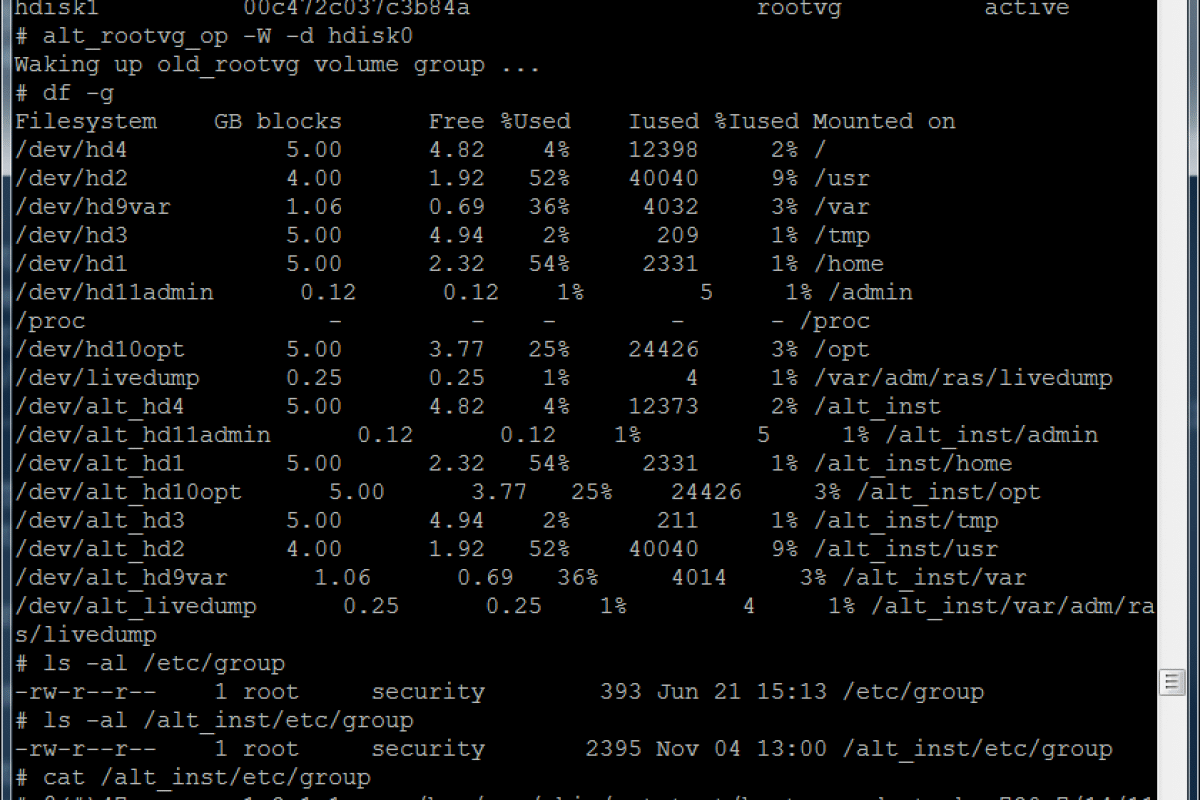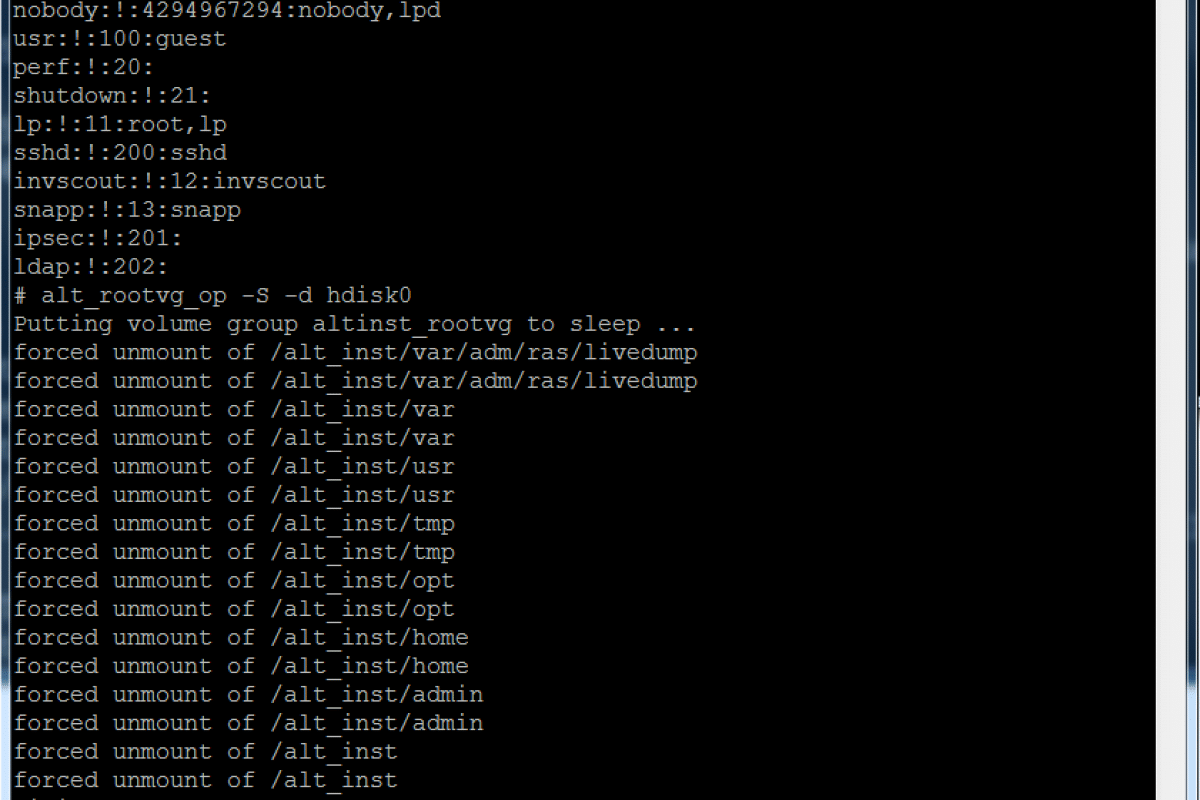[fusion_builder_container hundred_percent=”no” hundred_percent_height=”no” hundred_percent_height_scroll=”no” hundred_percent_height_center_content=”yes” equal_height_columns=”no” menu_anchor=”” hide_on_mobile=”small-visibility,medium-visibility,large-visibility” status=”published” publish_date=”” class=”” id=”” link_color=”” link_hover_color=”” border_size=”” border_color=”” border_style=”solid” margin_top=”” margin_bottom=”” padding_top=”” padding_right=”” padding_bottom=”” padding_left=”” gradient_start_color=”” gradient_end_color=”” gradient_start_position=”0″ gradient_end_position=”100″ gradient_type=”linear” radial_direction=”center center” linear_angle=”180″ background_color=”” background_image=”” background_position=”center center” background_repeat=”no-repeat” fade=”no” background_parallax=”none” enable_mobile=”no” parallax_speed=”0.3″ background_blend_mode=”none” video_mp4=”” video_webm=”” video_ogv=”” video_url=”” video_aspect_ratio=”16:9″ video_loop=”yes” video_mute=”yes” video_preview_image=”” filter_hue=”0″ filter_saturation=”100″ filter_brightness=”100″ filter_contrast=”100″ filter_invert=”0″ filter_sepia=”0″ filter_opacity=”100″ filter_blur=”0″ filter_hue_hover=”0″ filter_saturation_hover=”100″ filter_brightness_hover=”100″ filter_contrast_hover=”100″ filter_invert_hover=”0″ filter_sepia_hover=”0″ filter_opacity_hover=”100″ filter_blur_hover=”0″][fusion_builder_row][fusion_builder_column type=”1_1″ layout=”1_1″ spacing=”” center_content=”no” link=”” target=”_self” min_height=”” hide_on_mobile=”small-visibility,medium-visibility,large-visibility” class=”” id=”” hover_type=”none” border_size=”0″ border_color=”” border_style=”solid” border_position=”all” border_radius=”” box_shadow=”no” dimension_box_shadow=”” box_shadow_blur=”0″ box_shadow_spread=”0″ box_shadow_color=”” box_shadow_style=”” padding_top=”” padding_right=”” padding_bottom=”” padding_left=”” margin_top=”” margin_bottom=”” background_type=”single” gradient_start_color=”” gradient_end_color=”” gradient_start_position=”0″ gradient_end_position=”100″ gradient_type=”linear” radial_direction=”center center” linear_angle=”180″ background_color=”” background_image=”” background_image_id=”” background_position=”left top” background_repeat=”no-repeat” background_blend_mode=”none” animation_type=”” animation_direction=”left” animation_speed=”0.3″ animation_offset=”” filter_type=”regular” filter_hue=”0″ filter_saturation=”100″ filter_brightness=”100″ filter_contrast=”100″ filter_invert=”0″ filter_sepia=”0″ filter_opacity=”100″ filter_blur=”0″ filter_hue_hover=”0″ filter_saturation_hover=”100″ filter_brightness_hover=”100″ filter_contrast_hover=”100″ filter_invert_hover=”0″ filter_sepia_hover=”0″ filter_opacity_hover=”100″ filter_blur_hover=”0″ last=”no”][fusion_text columns=”” column_min_width=”” column_spacing=”” rule_style=”default” rule_size=”” rule_color=”” hide_on_mobile=”small-visibility,medium-visibility,large-visibility” class=”” id=”” animation_type=”” animation_direction=”left” animation_speed=”0.3″ animation_offset=””]
Addison, Texas June 2, 2020 – Clear Technologies announced today that CRN® a brand of The Channel Company, has named Clear Technologies to its 2020 Solution Provider 500 list. Each year, CRN releases its list of top 500 solution providers, a ranking of the leading IT channel partner organizations across North America by revenue. CRN’s Solution Provider 500 list serves as the industry’s benchmark for recognizing the top-performing technology integrators, strategic service providers, and IT consultants, and as a valuable resource for technology vendors looking to partner with top solution providers.
For over 25 years Clear Technologies has been a leading IT reseller and service provider. Leveraging this legacy business and the opportunity to work closely with clients, Clear launched Visual One Intelligence™ (Visual One), storage analytics and reporting SRMaaS, in 2010. Looking into the future, Clear found new ways to provide clients with real business value and in 2018 launched Clear Intelligence. With a business-first approach, Clear Intelligence is focused on understanding the key challenges and potential opportunities for AI solutions for organizations to create a competitive advantage.
“The rapid development of new technology and information that is important to customers has impacted many solution providers. At Clear Technologies, we think of transformation as a constant, instead of, as a destination. We invest in our clients by seeking to understand their problems not only for today, but also tomorrow. Being recognized in the top 500 solution providers is validation of our client first approach,” said Clear Technologies President, Phil Godwin.
“CRN’s Solution Provider 500 list showcases the top IT channel partner organizations across North America,” said Bob Skelley, CEO of The Channel Company. “This year, companies on this list represent a combined revenue of $393 billion, a data point that underscores the impact and influence these solution providers have on the IT industry. On behalf of The Channel Company, I’d like to congratulate these companies for their outstanding contributions to the growth and success of our industry.”
CRN’s complete 2020 Solution Provider 500 list is available online at www.CRN.com/SP500 and a sample from the list will be featured in the June issue of CRN Magazine.
[/fusion_text][/fusion_builder_column][/fusion_builder_row][/fusion_builder_container]

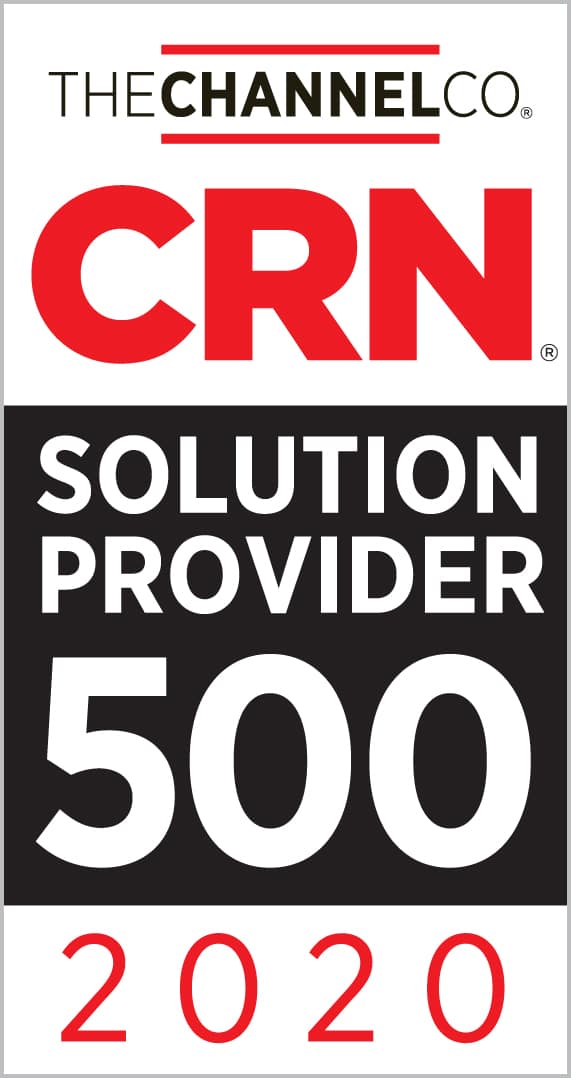

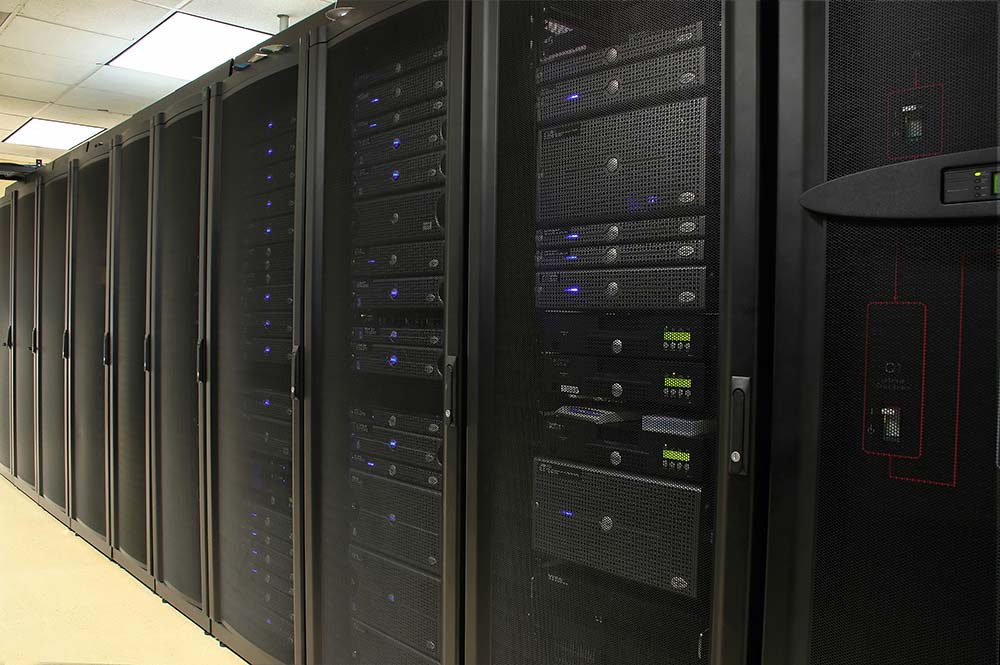

 disaster and resilient enough to keep companies functioning during an emergency. The IT consultants at Clear Technologies analyze a company’s current environment to identify the key products and services, and the most important activities that underpin them. Once that analysis is complete, our IT consultants devise a plan for continued operations in the event of planned or unplanned outages.
disaster and resilient enough to keep companies functioning during an emergency. The IT consultants at Clear Technologies analyze a company’s current environment to identify the key products and services, and the most important activities that underpin them. Once that analysis is complete, our IT consultants devise a plan for continued operations in the event of planned or unplanned outages.



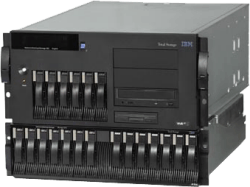 Network Attached Storage (NAS) is an exceptional solution for customers who wish to quickly and extensively share files within their network. The reasonable cost of NAS devices has led to expanding usage by organizations, and has led to the development of clustered NAS solutions by IBM and other storage hardware suppliers.
Network Attached Storage (NAS) is an exceptional solution for customers who wish to quickly and extensively share files within their network. The reasonable cost of NAS devices has led to expanding usage by organizations, and has led to the development of clustered NAS solutions by IBM and other storage hardware suppliers. focus on the business’ strategic initiatives. In today’s business environment, IT departments are challenged to not only maintain their current infrastructure, applications, and operations but also make strategic contributions.
focus on the business’ strategic initiatives. In today’s business environment, IT departments are challenged to not only maintain their current infrastructure, applications, and operations but also make strategic contributions.